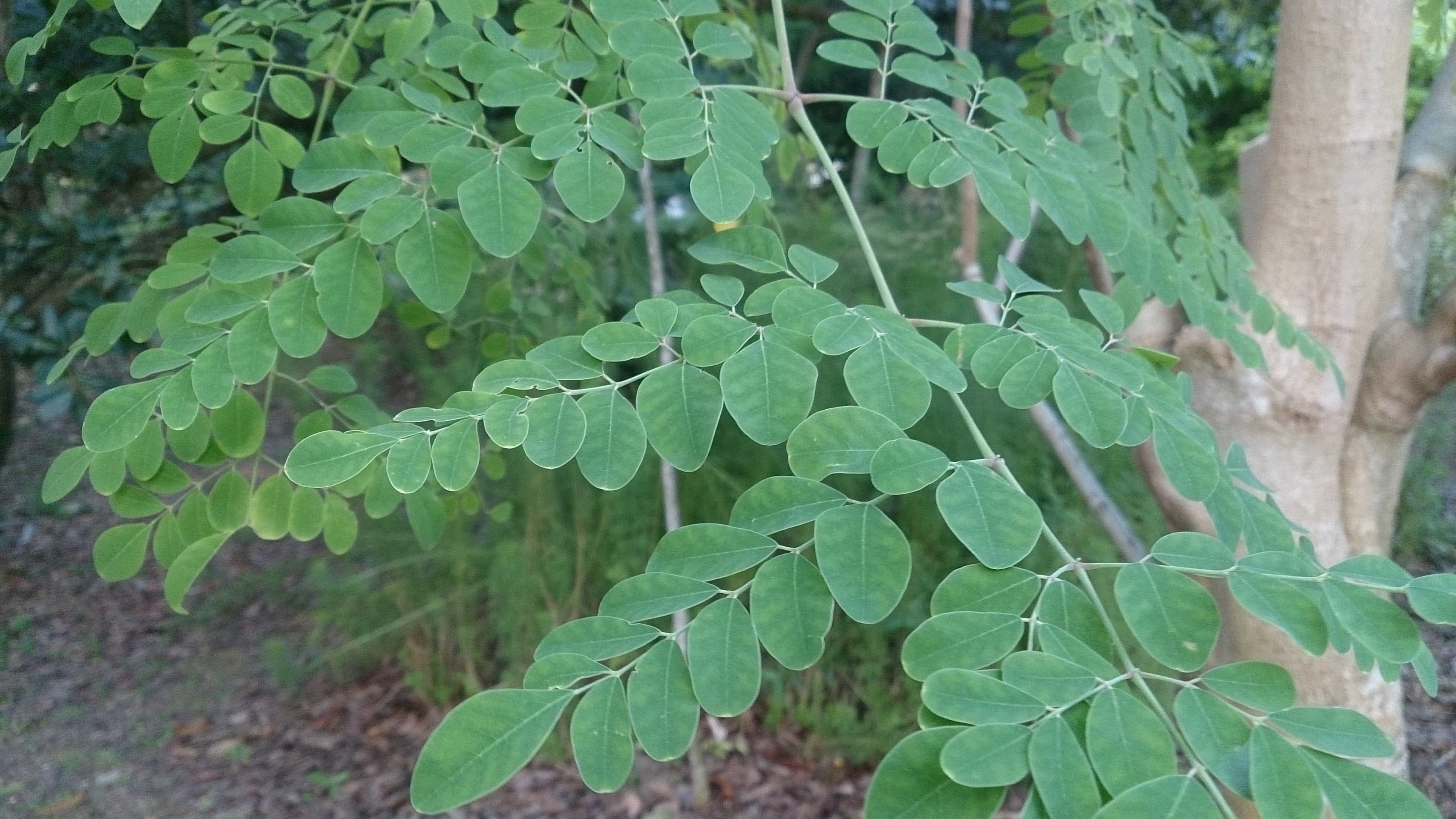Drumstick: Cultivate these varieties for higher yield

Drumstick, rich in many nutrients like vitamins, minerals, iron, etc., is very beneficial for our health. Its cultivation also proves to be very beneficial for the farmers. Farmers cultivating drumstick, apart from selling its beans, can also earn good profits by selling its leaves and tree bark. Its leaves are also used as animal feed. Including drumstick leaves in the diet of animals increases milk production and weight of animals. Many Ayurvedic medicines are also prepared from drumstick seeds, gum and roots. Hence its demand is always there. Before cultivating drumstick, it is necessary to know about its improved varieties. Let us get to know about some of the improved varieties of drumstick through this post.
Some improved varieties of drumstick
-
Jaffna Moringa: The pod length of this variety is 60 to 90 cm. The pods are soft and green in colour. One tree yields 350 to 400 beans per year.
-
Chavakacheri Muringa : Its pods are 90 to 100 cm in length. Its pods have more anus. This variety of beans is suitable for making pickles.
-
Dhanraj: Cultivation of this variety is done by seed. The pods of this variety are long and green in color. Every year 400 to 600 beans are obtained from a tree. Its pods are more commonly used in making pickles.
-
Rohit 1: Plants of this variety start getting yield only after about 5 to 6 months after transplanting. The pods are produced twice in a year. Yields are given for 8 to 10 years after planting. The pods of this variety are green in color and 40 to 60 cm long. The flesh of the beans is tasty and soft. One tree yields 40 to 125 beans.
Read also:
-
Get information on sowing Moringa from here.
We hope this information will prove to be important for you. If you liked this information, then like this post and also share it with other farmers. So that other farmer friends can also cultivate these varieties of drumstick and get good yield from it. Ask us related questions through comments.
Please login to continue

Get free advice from a crop doctor
